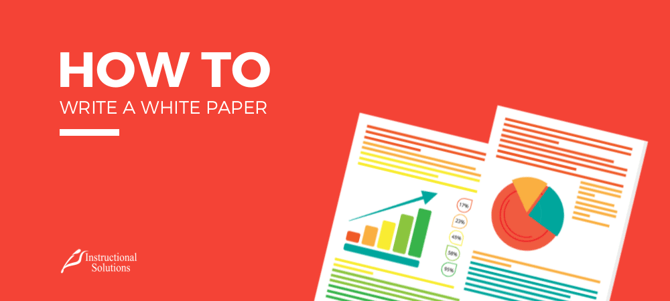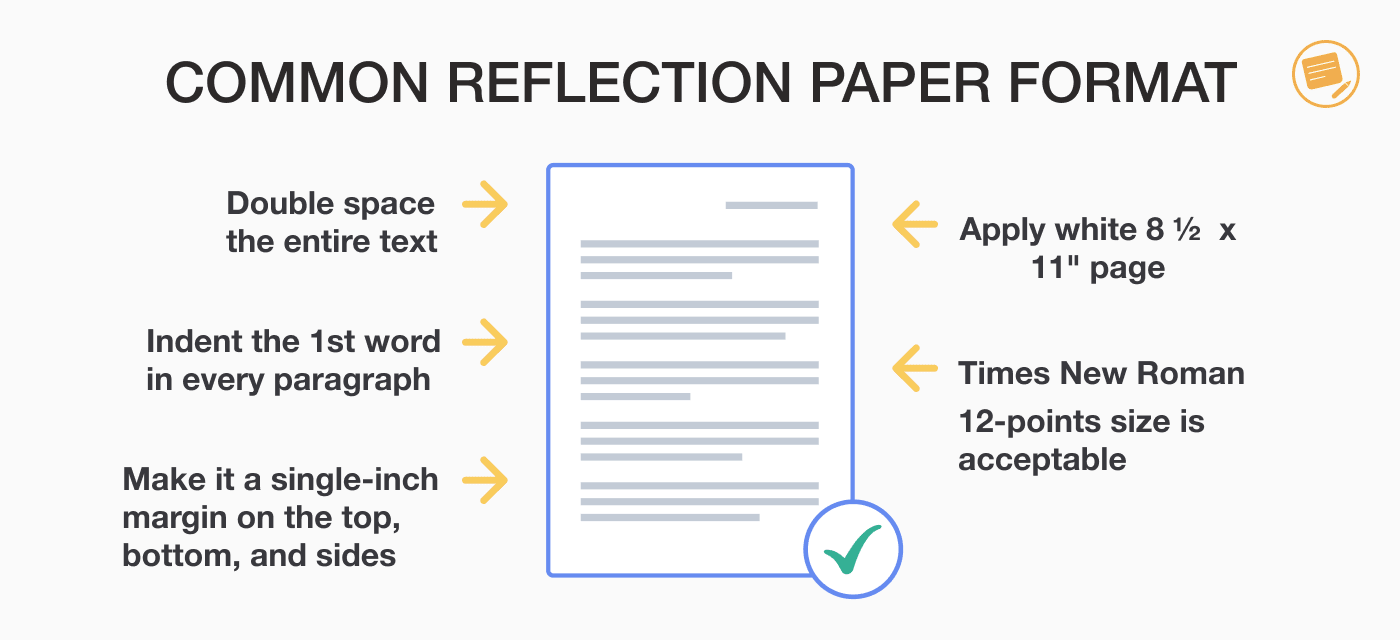
Before you dive into studying, it can be helpful to take a practice test to gain insight into areas you understand well and those that challenge you. You can use the previous end-of-course exams to help assess your skills. They are available on the College Board Performance Task and End-of-Course Exam Samples page . There are also additional practice questions in the course description . Once you have taken some kind of formative assessment for the end-of-course exam, score it to identify the areas you already understand and those in need of improvement. It can be helpful to have a friend or teacher score it, as free-response questions are more subjective than the multiple-choice questions you find on many other AP exams. From an accurate formative assessment, you will get a better idea of where to focus your studying efforts.
This course will also support you as you investigate real-world topics of your choosing from multiple perspectives, which often are different or competing. In addition, you will learn to collect and analyze information with accuracy and precision, develop arguments based on facts, and effectively communicate your point of view.
Question and Explore: Challenges students to form their own point of view when facing complex issues by asking questions and investigating answers through the exploration of different, often competing, perspectives. The essential questions of “Question and Explore” are:
- What strategies will help me comprehend a text?
- What is the argument’s main idea and what reasoning does the author use to develop it?
- Why might the author view the issue this way?
- What biases may the author have that influence his or her perspective?
- Does this argument acknowledge other perspectives?
- How do I know if a source is trustworthy?
- What are the implications of these arguments?
- How does this conclusion impact me and my community? Or my research?
Step 2: Study the Material
The main educational ideas explored in AP Seminar are broken down into “big ideas.” Within each big idea there are “essential questions,” designed to encourage deep thought about a theme and foster a deeper conceptual understanding of it. Below are the five big ideas of the AP Seminar course, a brief description of them, and their corresponding essential questions.
- What additional questions emerged from your research? Why are these questions important?
- What advice would you have for other researchers who consider this topic?
- What might be the real-world implications or consequences (influence on others’ behaviors or decision-making processes) of your findings? What are the implications to your community?
- If you had more time, what additional research would you conduct related to this issue?
- Explain the level of certainty you have about your conclusion, solution, or recommendation.
- How does your conclusion respond to any of the other research or sources you examined?
- How did you use the conclusions and questions of others to advance your own research?
The AP Seminar course particularly stresses connections within and across AP courses, encouraging cross-curricular conversations that explore the complexities of academic and real-world topics and issues by analyzing divergent perspectives. The AP Seminar course “aims to equip students with the power to analyze and evaluate information with accuracy and precision in order to craft and communicate evidence-based arguments.”
AP classes are generally stand-alone subjects that easily translate to traditional college courses. They culminate in a standardized exam on which students are graded using a five-point scale, which colleges use to determine credit or advanced standing. However, starting in the fall of 2014, the College Board began to adapt the traditional structure to reflect a less stringent rote curriculum and place a heavier emphasis on critical thinking skills.
- Title: This is the draft title of what you want to research. Make it clear and comprehensible.
- Objectives: This part should define your outcomes after your research.
- Relevance and Importance: Include recent news, social events, articles, and blogs that convey the importance of the topic. Your topic should be up to date and capture the attention of the reader.
Include recent studies or research on your topic. Don’t forget to insert proper referencing. State the relevance of your topic to your course effectively by submitting a short article with a clear explanation. Provide your objectives and organize the flow of your ideas.
Do you need some help with your term paper outline? Count on the support of our paper writing service. Click on the button to get a writer’s help.
- Use APA (American Psychological Association) term paper format for social sciences. To reference a book in an APA style term paper, the author’s name, the book’s title, the year of publication, the publisher, and its location are needed. So make sure to not forget to include this information during your research.
- The MLA (Modern Language Association) format is most commonly used in liberal arts and humanities. The publication name, date, and location are needed in this format as well.
Term Paper Format

Before starting, make sure to follow the instructions that were given to you. Clarifications should be made with your instructor before doing any research or writing work. Don’t wait until the last minute before you start writing a research paper. If you want quality work and a high-grade, plan ahead and make time every day for writing your assignment. Allot time for proofreading your work before handing it in to your professor.
Simply fill out an order form, providing us with all your requirements, and consider your paper done
For the format, first consider the length and the citation style you will use. When you have researched a certain topic, you are required to use a specific citation style. If you neglect to reference properly, you might be accused of plagiarism. Also, a term paper is an academic writing assignment, therefore APA or MLA citation styles are commonly used.
The outline should be produced before and while researching and writing a term paper because it will serve as the basis around which you will build your work. There are a lot of templates to choose from, but most of the time your instructor will require you to follow a certain essay format. The main parts should include an introduction, a body, and a conclusion.
The outline of a term paper is used as a roadmap to guide the direction of the writing process as a whole. This is where you will organize all of the points that you wish to bring up in your paper. Outlines are typically done for the benefit of the writer, to help them stay on track. That being said, there may be times when a professor asks you to submit your outline prior to starting your term paper, and it is wise to start it not with a term paper introduction, but with an outline.
List all of your sources used in research and in the text. Remember to list in alphabetical order, and following the required citation format.
Make your conclusions or closing statements. Determine whether or not your hypothesis was true or false.
As mentioned previously, one of the best ways to learn how to write a term paper worthy of a passing grade comes from researching and reviewing previously written term papers that received high marks. Several colleges and universities make submissions from their top students available online. Here are a few examples:
Look Through Helpful Term Paper Examples
The way you format your term paper will depend largely on the course being studied. For example, the way one formats a term paper in an economics course will differ from the way one would format a term paper in social studies or legal course.
Create a page, separate from the rest of the paper, which includes the title of the paper, your name, the course name, the name of the instructor and the date.
- Introduction: this is the overall purpose or thesis statement. It is used to acquaint anyone reading the paper with the argument being explored.
- Body: This section is typically divided into multiple headings and subheadings, each linked with various components of the topic.
- Heading One: History of the argument
- Heading Two: Extent of the problem being explored
- Heading Three: Effects of the problem being explored
- Heading Four: Potential solutions
- Conclusion: Summary of all of the points made and a response to the thesis statement
1.C Additional Information: Add any other relevant introductory information

The selected topic must be comprehensively researched. Pull information from online references, industry resources, and internal documents. White papers are data-focused, so they should be supported by significant research. There’s no hard and fast rule on citations but you need to cite any information that is not public knowledge and that you didn’t know before beginning your research. However, understand that the reader’s confidence is likely to increase with an increasing number of cited references.
White papers are similar but distinct from business reports. In order to write a successful one, you need to understand the difference and include key elements. This article will help you decide if a white paper is right for you, and if yes, how to prepare and produce one.
Are there white papers covering your topic or area already? Read them to determine the knowledge gaps and the opportunities to build on existing content. This review will also ensure that your white paper is novel instead of redundant.
Many business communications, such as technical reports or proposals, place the main conclusion at the beginning of the document. This order responds to the desires of the reader and their preference in receiving the information.
Read Other White Papers
White papers are generally written for an audience outside of the business. Therefore, they are a tool to attract readers to the company by offering top-quality, industry knowledge.
Of course, all resources must come from authoritative sites. In order to write a valuable document, all research materials must be from credible, reliable sources.
The phrase ‘white paper’ does not necessarily need to be in the title at all. Some audiences are seeking that authoritative indicator. Other readers may be scared off from valuable content because of the term. As always, think of what your audience would prefer.
A reflection paper is a type of paper that requires you to write your opinion on a topic, supporting it with your observations and personal examples. As opposed to presenting your reader the opinions of other academics and writers, in this essay you get an opportunity to write your point of view—and the best part is that there is no wrong answer. It is YOUR opinion, and it is your job to express your thoughts in a manner that will be comprehensible and clear for any and all readers that will read your paper. The topic range is endless. Here are some examples: whether or not you think aliens exist, what your favorite TV show is, or what your opinion is on the outcome of WWII. You can write about pretty much anything.
Here are some reflection paper topic examples for you to keep in mind before preparing to write your own:
Then send us your assignment requirements and we'll get it done in no time.
Reflection papers typically do not follow any specific format. Since it is your opinion, professors usually let you handle them any way you are comfortable with. It is best to write your thoughts freely, without guideline constraints. If your reflection paper was assigned to you, the format of your paper might depend on the criteria set by your professor. College reflection papers (also known as reflection essays) can typically range between about 400-800 words in length.
Reflection Paper Format

Before you start your paper, read some examples of other papers, they will likely help you get a better understanding of what they are and how to approach yours. When picking your subject, try to write about something unusual and memorable — it is more likely to capture your readers’ attention. Never write the whole essay at once. Space out the time slots when you work on your reflection paper to at least a day apart. This will allow your brain to generate new thoughts and reflections.
The body paragraphs should examine the ideas and experiences you’ve had in context to your topic. Make sure each new body paragraph starts with a topic sentence.
We have a separate blog post dedicated to writing a great conclusion. Be sure to check it out for an in-depth look at how to make a good final impression on your reader.


